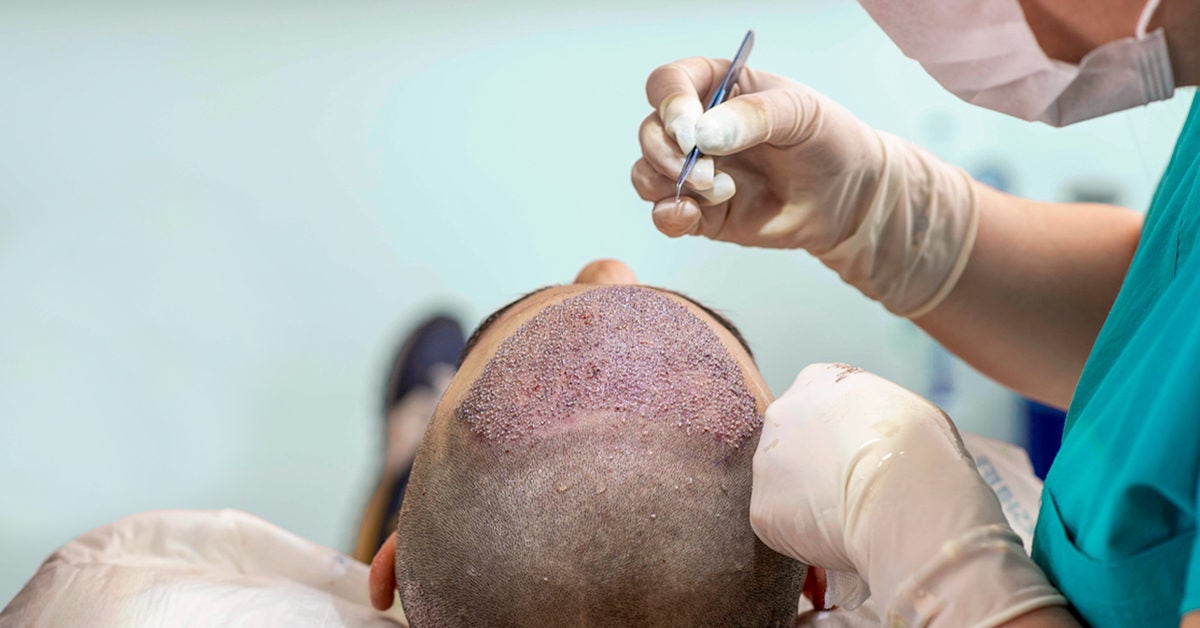If you are planning to get a hair transplant, it is important to know what to expect after the surgery. Here you will learn about itching, pain and scabs. If you have any concerns, contact your medical advisor. You can also read about the healing process in this article. After you get the surgery, you should avoid doing any strenuous exercise for 7 days.
Healing Process
After the procedure, you will need to rest for several days. This is because new follicles are vulnerable. Avoid power showers, hair dryers, and other things that can shift the grafts. You will also need to avoid high-impact exercise and contact sports for at least two weeks. These activities can cause grafts to move back out of place and may cause irritation.
You will probably notice some swelling and small scabs in the donor area, which will go away in a couple of days. However, your hair will continue to grow longer and thicker during this time. You may also have red spots or scabby hairs on the transplanted area.
Itching
Itching after hair transplant is common, and this symptom is a natural part of the healing process. It happens when certain chemicals are released during the healing process that cause the scalp to itch. You may also notice some bleeding during this time, which is completely normal and occurs when the scalp is healing. This bleed then stops once clots form, and scar tissue is formed that will prevent infection during the healing process.
You should avoid washing the scalp during the first seven days, as this can cause the scalp to itch. Your hair transplant surgeon will supply you with a saltwater spray during this time, which will help remove dry skin and debris, and soothe the transplanted area. Be sure to use the spray in small, gentle bursts, and never try to use a single jet of water, as this will damage the hair follicles.
Pain
After a hair transplant, patients will feel some pain. Typically, this pain is centered around the donor area and lasts a few days. Some may have trouble sleeping the first few days, but they should not be concerned as the pain is temporary and can be easily treated with over-the-counter pain killers.
It is important to keep up with the post-operation instructions in order to get the best results from the procedure. The surgeon will provide a detailed list of after-care instructions, which must be followed strictly. You will also be prescribed pain killers and antibiotics, which you should take as directed. These medications will minimize the pain and prevent infection.
Scabs
After undergoing hair transplant, it is important to wash the scalp thoroughly. It’s important not to pick at the scabs, as this can dislodge the grafts. The first 72 hours after the procedure are crucial. After that, you can start bathing with baby oil. This helps the scabs to fall off faster. However, you must be careful not to pick at the scabs, as they are protective covers for the newly transplanted follicles.
If you can’t wait to get rid of the scabs, you can use a gentle massage method to help the scalp recover. Use the tips of your fingers to massage the area gently. The water will act as a lubricant and help remove the scabs more easily. You can also soak your hands in lukewarm water to remove the crust. The scabs may appear painful initially, but remember that they will only be temporary.

